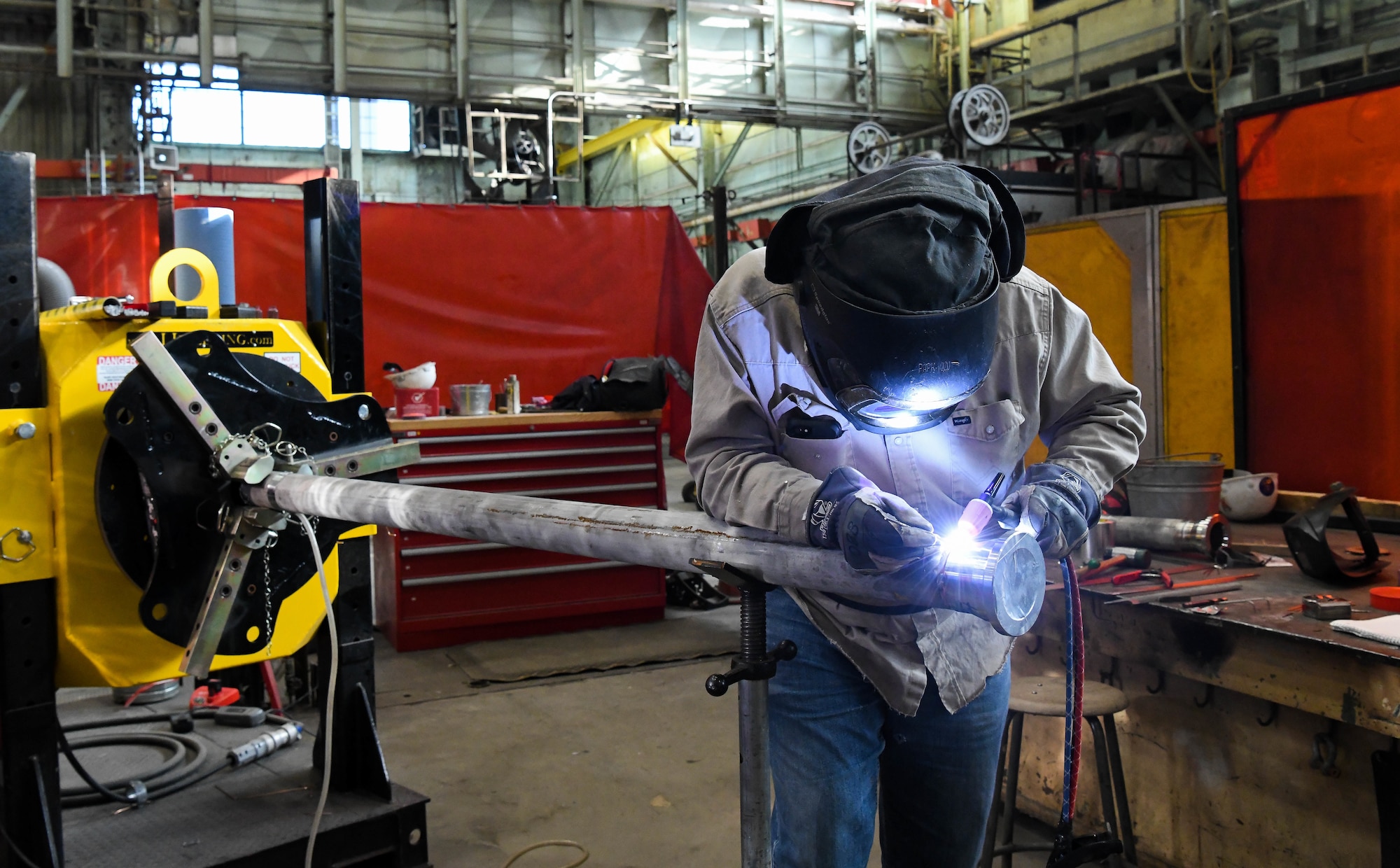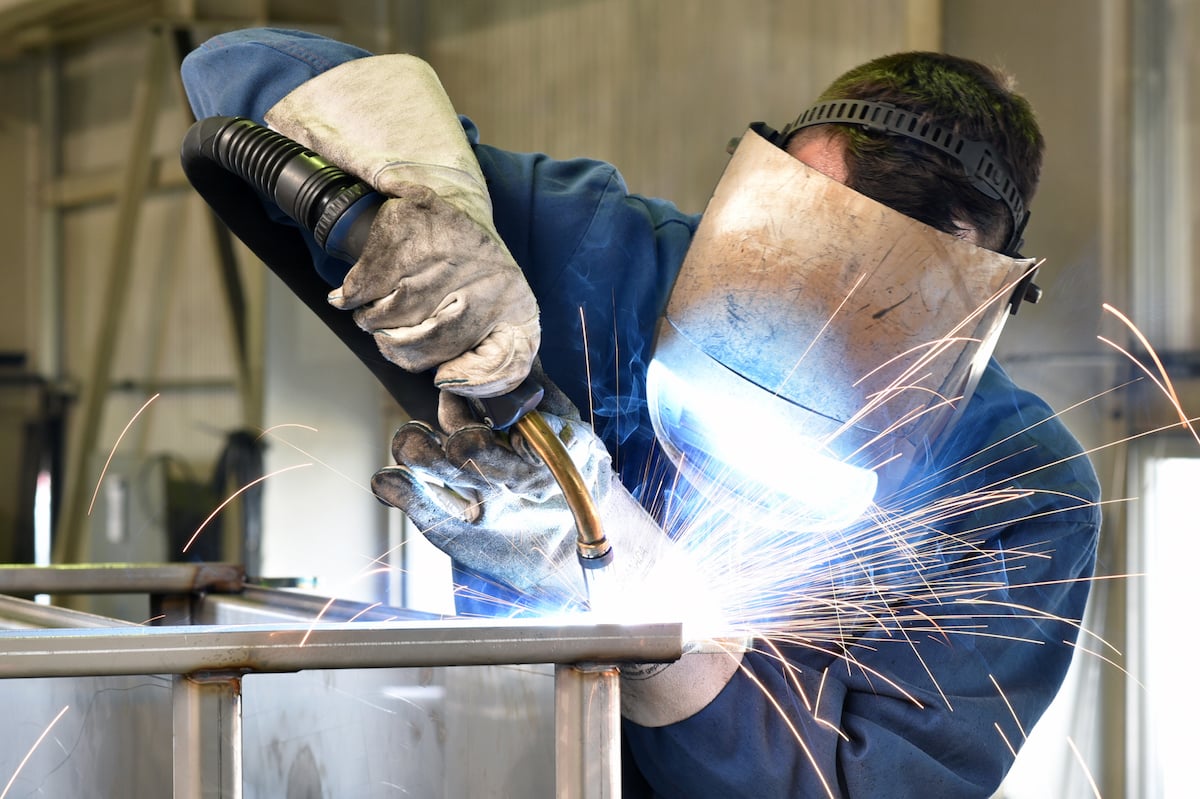Welding WPS: Common Blunders to Stay Clear Of and Exactly How to Correct Them
Welding WPS: Common Blunders to Stay Clear Of and Exactly How to Correct Them
Blog Article
Understanding Welding WPS Standards: Ideal Practices and Techniques for Top Quality Welds
In the world of welding, grasping Welding Treatment Requirements (WPS) criteria is an essential element that directly influences the top quality and honesty of welds. As we navigate with the complexities of welding WPS requirements, discovering key understandings and techniques for accomplishing top-tier welds will be vital for welders seeking to succeed in their craft and generate welds that stand the test of time.
Recognizing Welding WPS Criteria
Understanding WPS requirements is essential for engineers, examiners, and welders involved in welding operations. By adhering to WPS guidelines, welders can produce welds that fulfill the required mechanical residential or commercial properties and architectural stability. Inspectors rely upon WPS paperwork to validate that welding treatments are being followed correctly and that the resulting welds are of high quality. Engineers make use of WPS criteria to design welding procedures that make certain the sturdiness and dependability of welded frameworks.


Important Tools for Quality Welds
Understanding welding WPS requirements is necessary for welders to effectively utilize the vital devices needed for producing high quality welds. The kind of welding equipment needed depends on the welding procedure being made use of, such as MIG, TIG, or stick welding. Wire brushes and breaking hammers are important for cleaning up the weld joint before and after welding to remove any type of pollutants that can influence the quality of the weld.
Secret Strategies for Welding Success
To achieve welding success, one need to grasp the essential methods necessary for producing premium welds. One vital technique is maintaining the correct arc length. Maintaining the electrode at the optimal distance from the workpiece is essential for creating strong, uniform welds. Furthermore, regulating the traveling rate is vital. Relocating too promptly can result in not enough infiltration, while relocating browse this site too gradually can lead to too much warm input and possible defects. Proper control of the electrode angle is another important method. The angle at which the electrode is held can impact the grain shape and penetration of the weld. In addition, making sure constant gun angle and direction of travel is crucial for harmony in the weld bead. Last but not least, preserving a steady welding and a constant hand placement throughout the procedure is vital to accomplishing precision and consistency in the welds. By grasping these essential techniques, welders can boost the top quality of their job and achieve welding success.
Ensuring Conformity With WPS Requirements

In addition, preserving in-depth records of welding specifications, tools calibration, and evaluation results is essential top article for showing conformity with WPS requirements. By diligently sticking to WPS requirements, welders can ensure that their job meets the needed quality levels and contributes to the overall success of the welding task.
Troubleshooting Common Welding Issues
When confronted with typical welding concerns, determining the origin is important for effective troubleshooting. One widespread issue is the presence of porosity in welds, usually triggered by pollutants such as oil, moisture, or rust. To address this, guaranteeing appropriate cleansing of the base steel before welding and utilizing the right securing gas can considerably reduce porosity. An additional concern regularly encountered is lack of blend, where the weld fails to properly bond with the base material. This can originate from insufficient warmth input or incorrect welding method. Adjusting criteria such as voltage, cable feed rate, or take a trip speed can assist enhance blend. Furthermore, distortion, cracking, and spatter are typical welding challenges that can be minimized via proper joint preparation, consistent warm control, and choosing the ideal welding consumables. By extensively recognizing these typical welding problems and their origin, welders can successfully fix problems and accomplish premium welds.
Final Thought
In conclusion, grasping welding WPS standards calls for a comprehensive understanding of the standards, making use of crucial devices, and applying crucial strategies for effective welds. Making sure compliance with WPS requirements is vital for producing quality welds and staying clear of common welding issues. By adhering to best practices and techniques, welders can attain dependable and constant cause their welding tasks.
In the world of welding, understanding Welding Treatment Specification (WPS) requirements is a vital element that directly influences the top quality and stability of welds.When delving into the realm of welding practices, a vital element to comprehend is the importance and details of Welding Procedure Requirements (WPS) requirements. WPS standards provide a thorough standard for welding procedures, ensuring uniformity, high quality, and safety in the welding process. The type of welding machine needed depends on the welding procedure being made use of, such as MIG, TIG, or stick welding.Attaining welding success through the proficiency of crucial methods requires a comprehensive understanding and adherence to Welding Treatment Specification (WPS) requirements.
Report this page